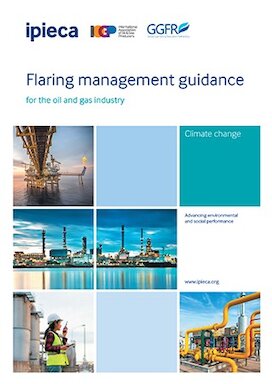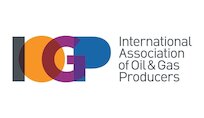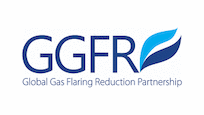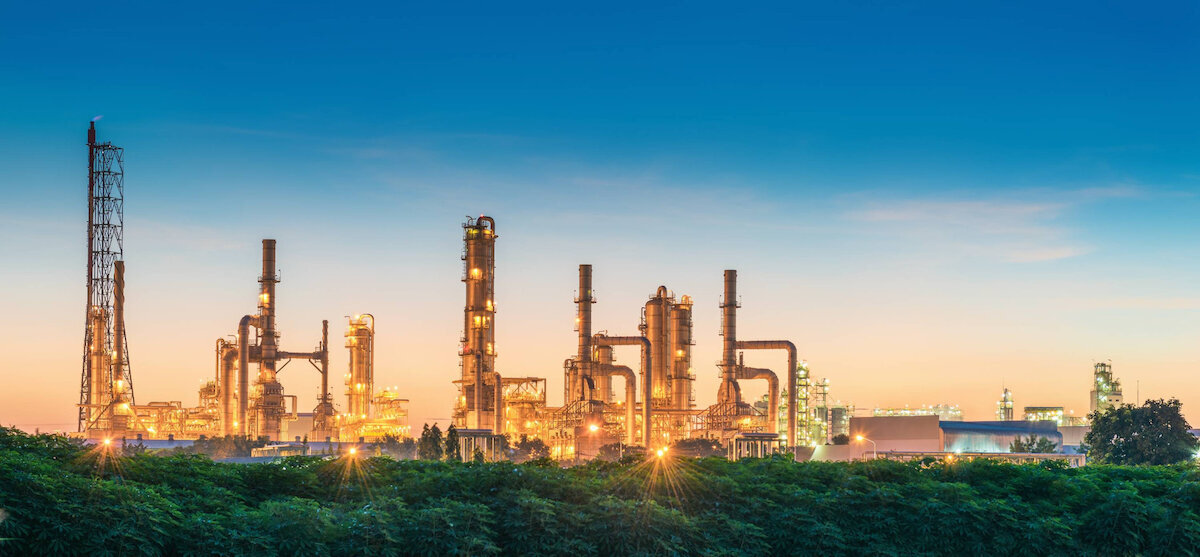This Flaring management guidance, developed by Ipieca, IOGP and GGFR in partnership, outlines new developments in flaring management and reduction, and examines industry experiences with eliminating flaring, new technologies, business models, operational improvements and regulatory policy. It also features case studies and examples of positive change.
It aims to:
- Raise awareness and understanding, and drive the adoption of flaring best practices
- Identify and explore options for using technology to reduce flaring
- Explore market approaches and business models for monetizing associated gas
- Review and identify effective regulatory frameworks that facilitate reduced flaring
- Document case studies and share best practices in flare reduction
The guidance contains three main sections, as follows:
- An introduction presents core concepts, definitions and the wider context
- A section for oil and gas operators, outlines a framework for flaring management solutions that can be employed
- A section for governments and regulatory bodies shows ways to encourage and incentivize productive use of associated gas instead of flaring
Case studies of successful flaring reduction projects, technical support material and an extensive list of references are also included in the appendices.




















